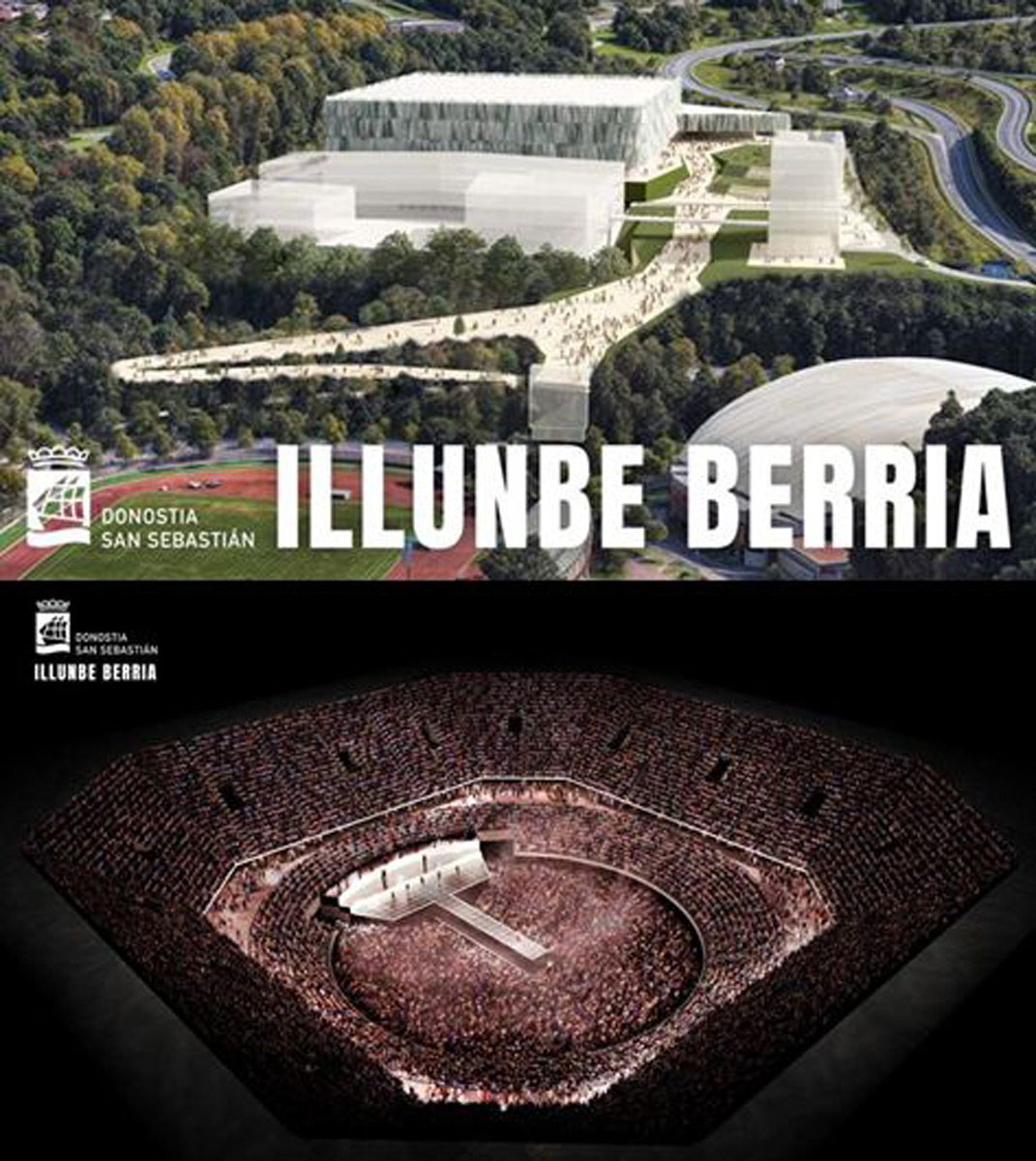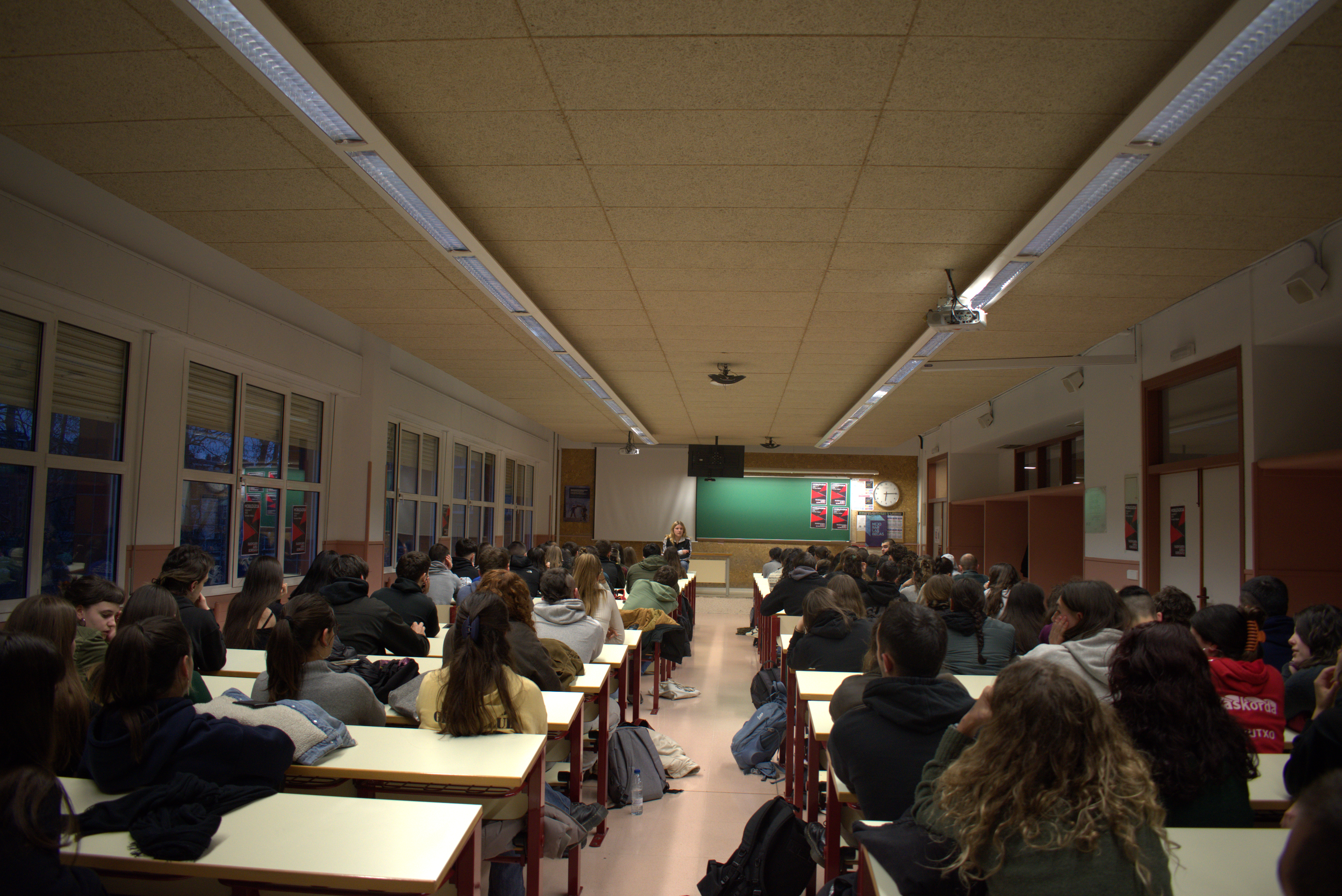Society
Environment
Politics
Economy
Culture
Basque language
Feminism
Education
International
Opinion
wednesday 12 february 2025
Automatically translated from Basque, translation may contain errors. More information here. 
A place of its own
- When the footprints of the stage begin:: Amaia Iturbide Sowing. 168 pages. EUR 15.
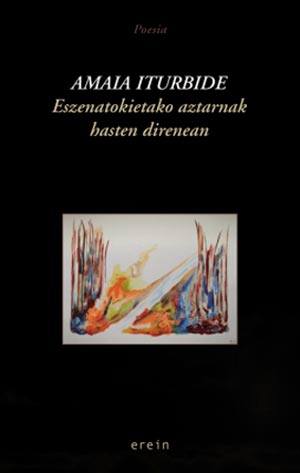
Amaia Iturbide brings you a moment from hermetism and uncryptic poetry to lightness – On both sides of the ladder (1986), Itzulbidea (1992), Classrooms and fields (1994), Mute flowers and juice marriage (2006). Nor could we accurately define the hours of the last Maze (2008), so that we could not summarize so many poetry. A classic form, references to art, a slow pace... Iturbide will get you in a smooth way, but little by little you will see how the language is screwing, the lines full of color, the head of images: “At Stanley Kubrick they showed A clockwork orange,/ kiosk collages/ banner drills or/ street museums/ occupied a space of their own.” This is the style of Iturbide, sometimes swollen, sometimes pop, that has invented a special place of its own to use imagination freely.
The main tool for the poem has been the symbol. The writer himself also says what the type of symbolism is, derived from reality: “It goes from an unlimited or distant initial symbolism to a day-to-day symbolism. Symbolisms are also part of reality.” It is
necessary, therefore, to go beyond and beyond the strict sense of the word, to reach a total understanding of its meaning. It is the enemy of the visible and the definition of the vocabulary when the traces of the scenario begin, contrary to the false sensibility, which overcomes the objective description. Iturbide has used poetic language as a language of knowledge in search of confusion and new sensations: “I have apple in the market/ in the patio shield/ behind
the empty mask.” Reading must also be open and without prejudice. Forget the real way of things, pay attention to the poet, enter with him into the land that promises another logic that has no logic. Only thus can you touch you, that you approach the book, the subconscious of the writer. Sometimes you will discover the beauty of the Parnaso and other times, through the artificial and the ugly, an impossible futuristic world. If we said that the time of the maze was advisable, we found it even thinner when the footprints of the stage begin. They have in common the ability to express strong ideas with seemingly smooth words, the tendency to metaphysics, the use of humour and the mastery of rhythm, but on this occasion the Bilbaite writer has taken a step forward, maintaining the course.
The main tool for the poem has been the symbol. The writer himself also says what the type of symbolism is, derived from reality: “It goes from an unlimited or distant initial symbolism to a day-to-day symbolism. Symbolisms are also part of reality.” It is
necessary, therefore, to go beyond and beyond the strict sense of the word, to reach a total understanding of its meaning. It is the enemy of the visible and the definition of the vocabulary when the traces of the scenario begin, contrary to the false sensibility, which overcomes the objective description. Iturbide has used poetic language as a language of knowledge in search of confusion and new sensations: “I have apple in the market/ in the patio shield/ behind
the empty mask.” Reading must also be open and without prejudice. Forget the real way of things, pay attention to the poet, enter with him into the land that promises another logic that has no logic. Only thus can you touch you, that you approach the book, the subconscious of the writer. Sometimes you will discover the beauty of the Parnaso and other times, through the artificial and the ugly, an impossible futuristic world. If we said that the time of the maze was advisable, we found it even thinner when the footprints of the stage begin. They have in common the ability to express strong ideas with seemingly smooth words, the tendency to metaphysics, the use of humour and the mastery of rhythm, but on this occasion the Bilbaite writer has taken a step forward, maintaining the course.
Most read
Using Matomo
#1
Gorka Peñagarikano Goikoetxea
#2
Gorka Bereziartua
#3
#4
Amanda Verrone
#5
Zigor Olabarria Oleaga
Newest
2025-02-12
Unai Lomana Uribezubia
Bere militante batek eraso “faxista” jasan duela salatu du Tolosaldeako Kontseilu Sozialistak
Larunbatean pertsona talde batek Tolosaldeako Kontseilu Sozialistako kide bati eraso egin ziola salatu dute. Azaldu dutenez, "faxistei aurre" egin zien propaganda jartzen ari zirela, eta piperbeltz espraiarekin zipriztindu zuten.
2025-02-12
Euskal Irratiak
Cédric Kurrutxet: «Zailtasunetan diren emazte haurdunak aterpetzen ahalko dira Iturria etxean»
Haurdunaldian diren emazte bakartuentzat, harrera-leku bat proposatuko du La Maison des Sept Vallées elkarteak Donibane Lohizunen. Pariseko bikote jabe pribatu baten gogoan sortu zen xedea. Donibane Lohizunen, 2021ean Iturria izeneko etxea erosi eta, bazter bastizetan... [+]
2025-02-12
Zigor Olabarria Oleaga
A professor at the University of the Basque Country campus in Vitoria-Gasteiz accused of harassing and touching students
Denuncias Euskal Herria has published on its Instagram account five anonymous accusations against the same teacher, without giving the name of the teacher, but specifying that he is a professor of Hispanic Philology. LARA has spoken with three former students who have completed... [+]
2025-02-11
Eneko Imaz Galparsoro
The Nano Automotive plant in Tudela will be closed and 120 workers will be laid off
The management argues that despite “all efforts”, customer demand has been “drastically” reduced. The company’s committee will participate in the mobilisation to defend the industry in Navarre on Sunday.
2025-02-11
Hizkuntz Eskubideen Behatokia
The Observatory complains that Consumer Decathlon continues to violate the linguistic rights and regulations of consumers
2025-02-11
Gorka Peñagarikano Goikoetxea
The alleged left doing (and proud of) migrant raids in the UK: 4,000 detainees in six months
The ruling Labour Party has shown images of arrests and deportations, proudly claiming it has made a “record” this January.
2025-02-11
Unai Lomana Uribezubia
A macho attack is reported in Amurrio
The Amurrio Women’s Network calls for a rally in response to the macho attack on Tuesday at 7 p.m. In Bilbao, Itaia has mobilized on Monday to denounce the sexual assault of a young girl.
2025-02-11
Eneko Imaz Galparsoro
Hamas suspends Saturday’s prisoner exchange accusing Israel of violating the ceasefire
The Islamist organization has mentioned among the measures that Israel has violated the continued bombing of Gaza and the situation of the released Palestinian prisoners. Trump has threatened that if he doesn’t make an exchange of prisoners, he will turn Gaza into a “hell.”
2025-02-11
Unai Lomana Uribezubia
Investigation begins after finding a camera in the bathroom of a bar in Mondragón
The investigation has been initiated by the Mondragón Municipal Police after some girls found a small camera in the bathroom of a central bar on Sunday morning.
2025-02-11
Mikel Aramendi
Tariffs: even in the economic war, scenography cannot replace strategy
Donald Trump takes advantage of his trip to the Super Bowl on the Air Force One to report on the tariffs he is about to implement. In terms of scenography, excellent. The message to the house is “I am calmer than calm; look where we are going... Even Americans can be quiet... [+]
2025-02-11
Eneko Imaz Galparsoro
Students organize assemblies and mobilizations against the UPV teacher investigated for spreading "fascist" messages
The students of the Faculty of Pharmacy of the Vitoria-Gasteiz campus stressed the "need to organize against fascism" and demanded the immediate dismissal of the professor from the UPV.
Searching for the Best Chatbot
In recent years, the development of artificial intelligence (AI) has had a significant impact on the situation of minority languages. The main models developed by the technology giants, such as ChatGPT, are trained in the main languages, which entails the risk of leaving aside... [+]
2025-02-11
Euskalerria irratia
'Give them here, give them Basque' will be the slogan used by the Government of Navarre in its campaign to promote Basque
Especially families with children. Because we want the best for our children, giving them Basque would broaden their horizons for the future. "It is an invitation to choose for multilingualism, because giving Basque is a union," said Ana Ollo, Basque counselor.
Eguneraketa berriak daude









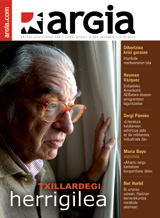

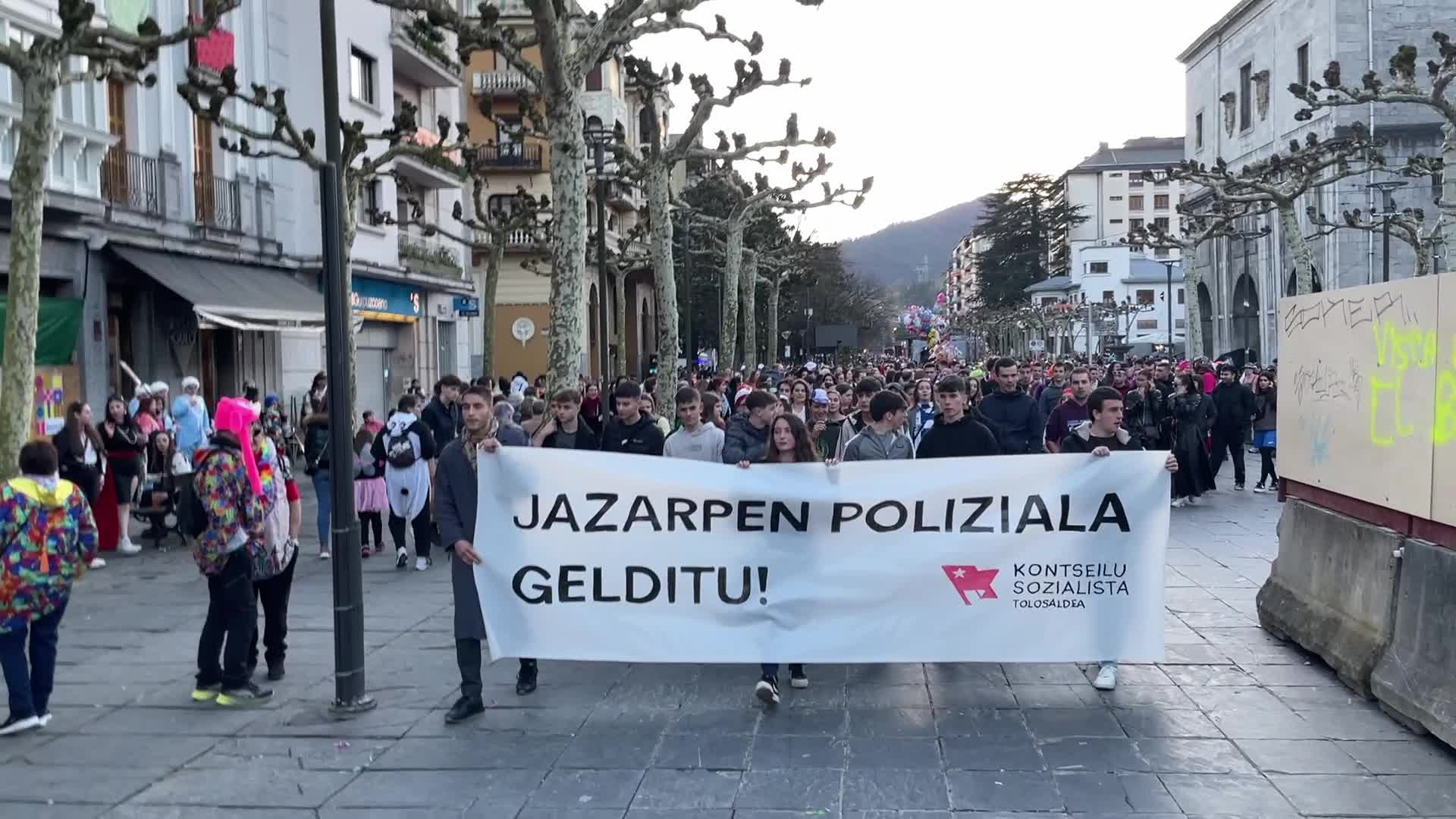
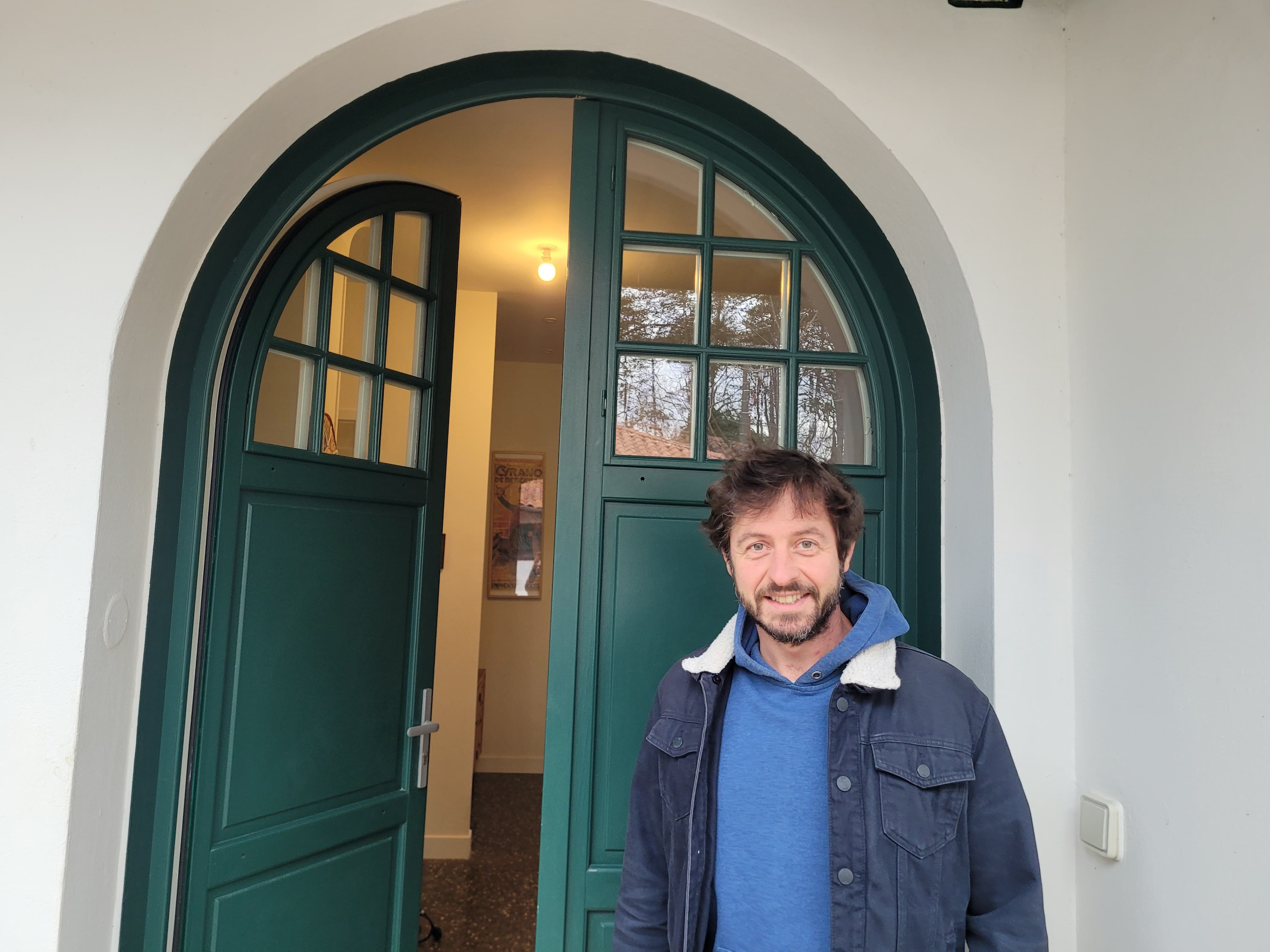
_2.jpg)
